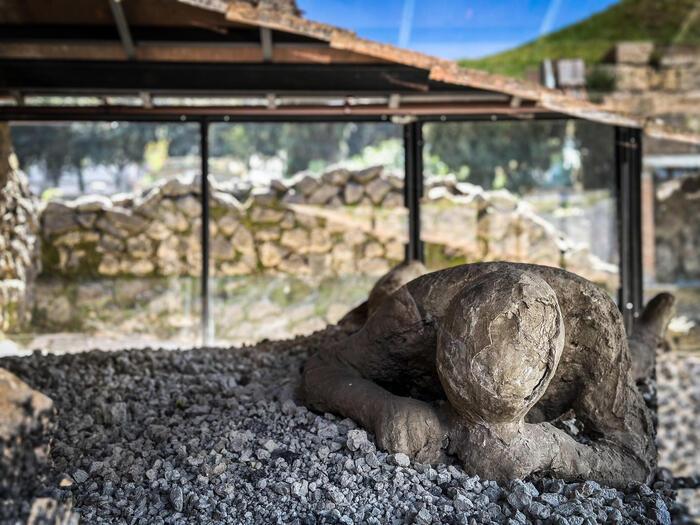"Games and toys in antiquity": This was the title under which Karl Ludwig Hebler, chairman of the Society for Archeology and History of the Upper Würmtal, gave a lecture at the traditional "Jour fixe" and presented the image of a "Roman youth driving tires" that he saw Hangs home. There were also game finds in Gauting: at the end of the 1990s, archaeologist Stefan Mühlemeier discovered Roman game pieces while excavating the Roman-era hostel on the property on the old Roman road (now Reismühlerstraße), his predecessor Hansjörg Hägele recalled upon request.
Gauting
- Due to the corona, the August “jour fixe” took place with 20 interested people in the spacious gym of TSV Pentenried. "Alea iacta" - the dice are "thrown up" - it was called in ancient times, explained Hebler. This legendary saying - now colloquially “the die has been cast” - is attributed to the Roman general Gaius Julius Caesar when he and his army crossed the Rubicon river in 49 BC and crossed the province of “Gallia cisalpina” (corresponds to today's northern Italy with the Croatian peninsula Istria) subjugated Rome. According to the speaker, children, young people and adults played parlor and board games more than 2500 years ago. In ancient Egypt, pyramidal and rod-shaped cubes were also known.
In Gauting, the Celtic-Roman Bratananium, archaeologist Mühlemeier had documented “game pieces” and the remains of a board game. On the property on the old Roman route towards Campodonium (Kempten), a Roman-era hostel with a forum is documented, says Hägele, who was present at the excavations at the time. Board, hoop, ball, puppet or dice games have also been known since ancient times, Karl Ludwig Hebler demonstrated. "Nut games", which can be seen on Roman marble sarcophagi, were very popular with children. Hebler also showed an elaborate vase picture in which "Eros" is pushing a young girl on the swing with wings. Scenes of piggybacking children in Pompeii, of nail, "blind cow", mill, bone leg, leapfrog,The speaker showed pictures of playing tires and drinking games with cups or turning a wheel.
The most famous ball game is that of the "bikini girls", seen on a floor mosaic in the luxurious Villa Romana Casale (third to fourth century) in Sicily.
Every year hosts of tourists made the pilgrimage there.
Christine Cless-Wesle









